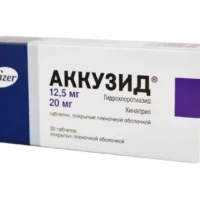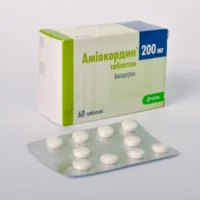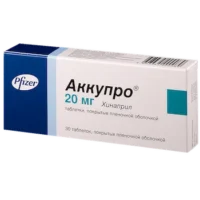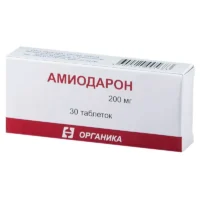Description
Nalbufin (nalbuphine hydrochloride) Ampoules 10 mg/1 ml
Ingredients:
Each ampoule contains 10 mg of nalbuphine hydrochloride in 1 ml of solution.
Dosage:
The usual dose is 10 mg to 20 mg administered intramuscularly or intravenously every 3 to 6 hours as needed for pain relief.
Indications:
Nalbufin is indicated for the relief of moderate to severe pain. It is commonly used in postoperative settings, labor and delivery, and chronic pain management.
Contraindications:
Do not use Nalbufin in patients with a known hypersensitivity to nalbuphine hydrochloride or in patients with respiratory depression. It should be used with caution in patients with a history of substance abuse.
Directions:
Administer Nalbufin as directed by a healthcare provider. Do not exceed the recommended dosage. Monitor patients closely for respiratory depression.
Scientific Evidence:
Nalbufin is a semi-synthetic opioid analgesic with agonist-antagonist properties. It acts on the mu, kappa, and delta opioid receptors in the central nervous system, providing analgesic effects. Studies have shown that nalbuphine has a lower risk of respiratory depression compared to pure mu-opioid agonists, making it a valuable option for pain management, especially in settings where respiratory function needs to be preserved.
Additional Information:
Nalbufin has been studied in various clinical trials for its efficacy and safety profile. Research has demonstrated its effectiveness in providing pain relief comparable to morphine but with a lower incidence of side effects such as nausea and vomiting. It is considered a versatile analgesic with a favorable risk-benefit profile in different patient populations.





